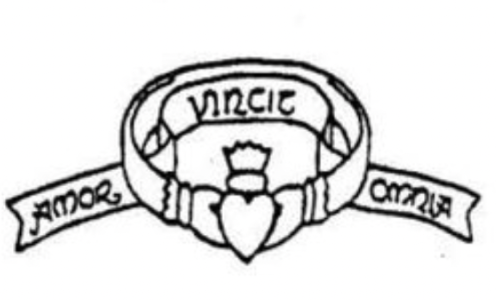The Solar System
5th class students gave a talk to 3rd class explaining all about the solar system. They explained about the size of the planets and how far they are apart. They explained how the planets are two distinctive groups: Mercury, Venus, Earth, Mars, and Pluto are made of rock, and Jupiter, Saturn, Uranus, and Neptune are made of gases. They learned the sun is so great that all the planets could fit inside it. Planets closer to the sun are melting hot like lava, and other planets are freezing cold.
The Solar System Lesson
The children were amazed at how the watermelon represented the size of Jupiter, yet Mercury was a tiny clove. It gave 3rd class a clear visual as to the great difference in the size of the planets in our solar system. The children in 3rd class really enjoyed this activity, and the 5th class students enjoyed presenting and preparing for the lesson.
Flour Craters
3rd class prepared a lesson on flour craters to teach to junior and senior infants. They made a large poster with key words about space; they read the story ‘The Darkest Dark’ by Chris Hadfield; and they helped the younger children make asteroids and meteoroids, also known as “space rocks”, to drop into their box of flour to make moon craters.
These are some photos of the 3rd class teaching junior infants.
3rd class visited senior infants to repeat this lesson.
The flour crater experiment is a hands-on and engaging way to introduce children to the concept of impact craters and the forces involved in shaping celestial bodies. By allowing them to participate in the creation of these craters, students gain a deeper understanding of the geology of the moon. This activity fosters a love for space exploration and encourages critical thinking and scientific inquiry. It was a perfect addition to our Space Week’s Show and Tell and an excellent way to inspire the next generation of astronauts and astronomers.
Sunflower Seeds: Show and Tell
3rd class prepared a lesson on how to harvest sunflower seeds, a variety of key words associated with sunflowers, and a maths activity of counting up to 100 seeds using their blank hundred squares.
The children took some time to prepare the lesson by writing out the key words and practicing explaining the meaning of each word to each other. The children decided to show this video online to accompany their lesson in 2nd class, and it was a lovely success.































